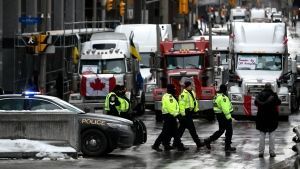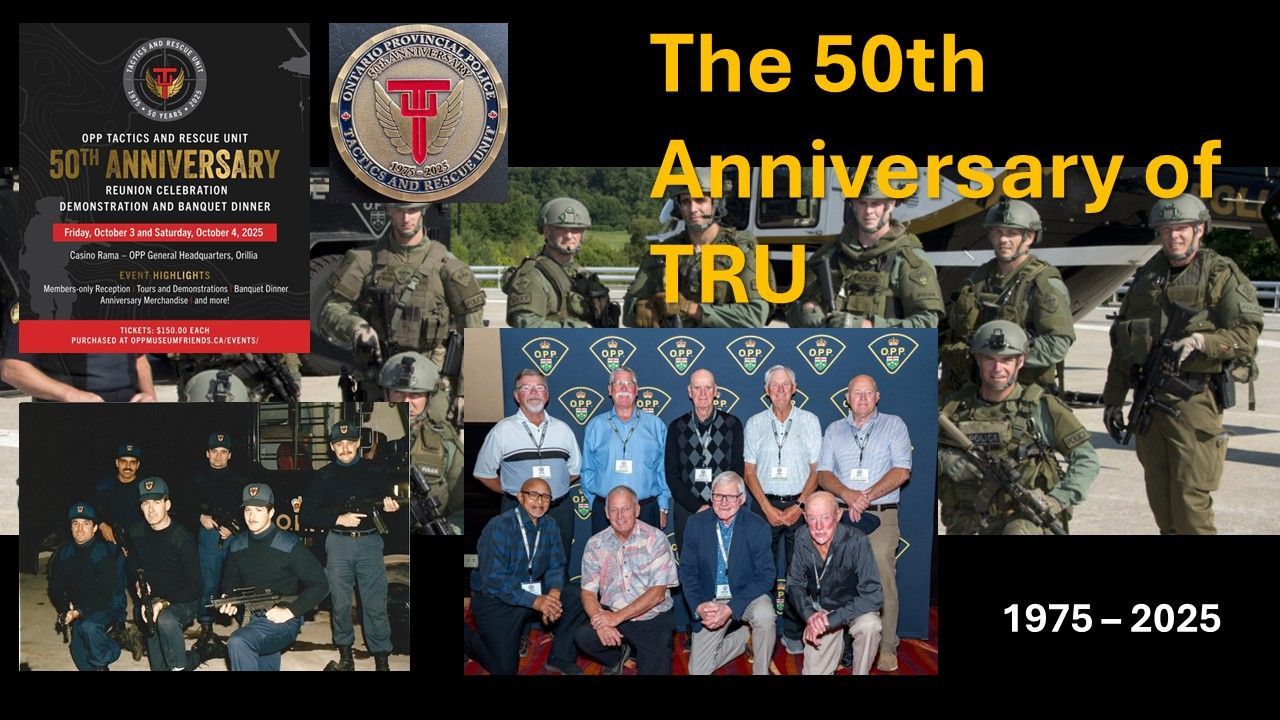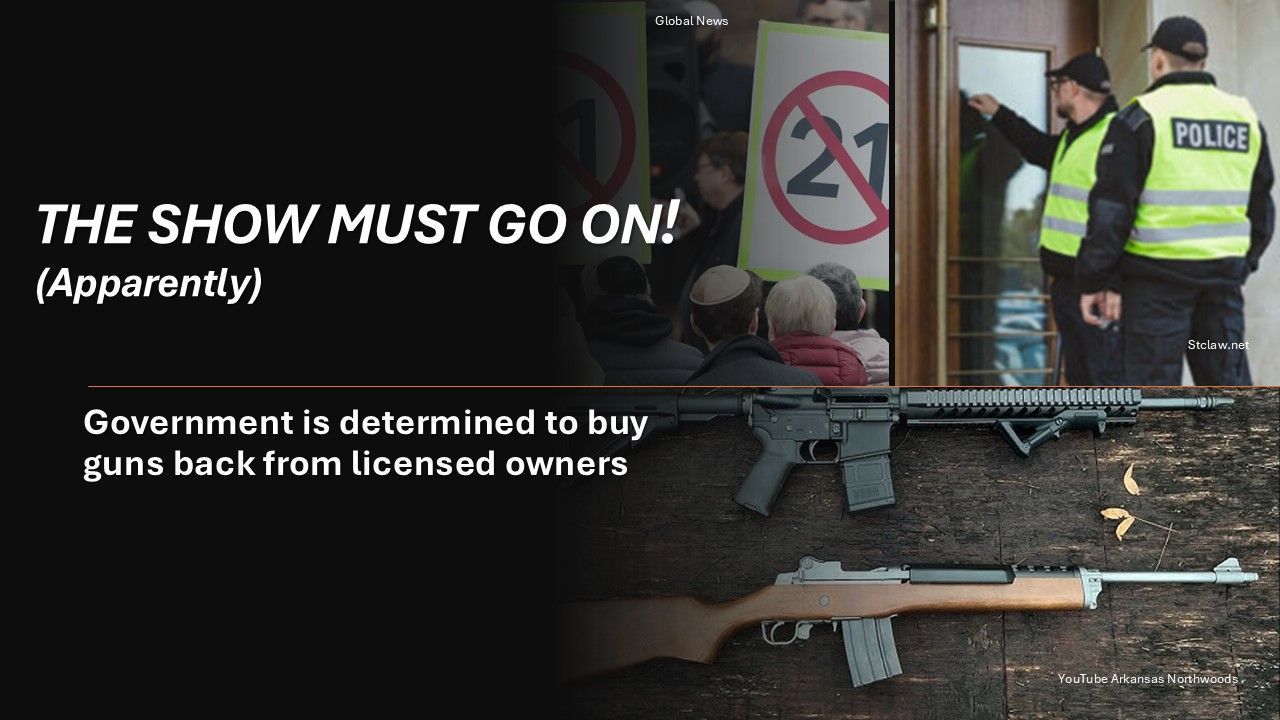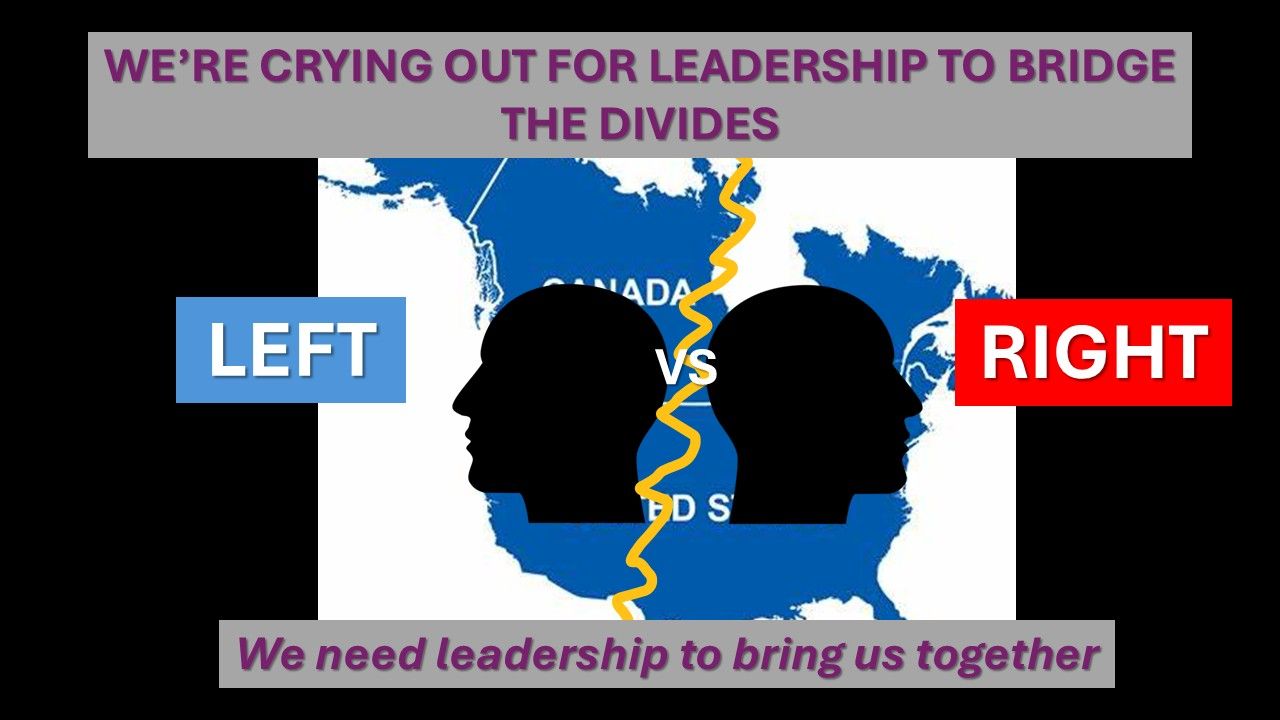New Paragraph

Clearly the ongoing Emergencies Act hearing in Ottawa has shown a number of disconnects surrounding the planning for and policing of the February 2022 Freedom Convoy protest in Ottawa. Some small, many huge. Communication gaps between and within some police agencies and their leaders, among elected officials and bureaucratic representatives within the different levels of government, the various groups and individuals engaged in part or all of the three-week protest; and in terms of the various legislation and the definitions therein.
In the interests of brevity and because the confusing evidence in this hearing makes my head hurt, I’ll stick with the assertion by some and disagreement by others that the Freedom Convoy Protest activities constituted a “threat to national security” and therefore require the invoking of the federal legislation.
The Canadian Security and Intelligence Services (CSIS) Act defines a threat to national security quite seriously, using language that conjures up images of international espionage, sabotage and a violent overthrow of government. It’s the “big one” in my view and thankfully something that Canada hasn’t seen in 50 years. Without using these exact words, having to take “war measures” to combat a significant insurrection comes to mind. As a career police officer, that has always been my perception of the meaning of the term.
On the other hand, Public Safety Canada’s Critical Infrastructure website describes its mandate in dealing with “disruptions of critical infrastructure” that could result in “catastrophic loss of life or adverse economic effects, and significantly undermine the safety and wellbeing of Canadian communities.” It’s pretty serious stuff as well but more of an attack on things that could result in a public safety threat, as opposed to more of an attack on government and people.
In terms of the Ottawa protest, a hearing document that describes the forthcoming evidence of the Director of CSIS said that the protest did not meet the threat to national security as per the CSIS legislation and that there were no signs of foreign influence.
Supt. Pat Morris, the head of the OPP’s Provincial Intelligence Bureau, was of like mind when he provided very similar testimony past month.
Some other police witnesses have stated their belief that the events were in fact a threat to national security. OPP Commissioner Tom Carrique explained his belief that the protest compromised national security in terms of the threat to “…transportation, critical infrastructure, border crossings, economic security – all of those things.” Once again, all key considerations for police and government leaders, but were any or all of those issues present at the Ottawa protest? Border protests in Coutts, Alberta and Windsor, Ontario were both dealt with under existing legal authorities and prior to the Emergencies Act invocation.
The Emergencies Act itself states a national emergency is defined as an urgent and critical situation of a temporary nature that either “seriously endangers the lives, health or safety of Canadians” or “seriously threatens the ability of the Government of Canada to preserve the sovereignty, security and territorial integrity of Canada.”
I haven’t heard any evidence so far that such a threshold was met in Ottawa. In fact, career CSIS and Canadian Security Establishment analyst and author Phil Gurski said in his November 2nd, 2022 Ottawa Citizen article, “And yet, from what we have seen and heard to-date, there has been nothing – absolutely nothing – that supports the decision to invoke the Emergencies Act.”
Jody Thomas, the Prime Minister’s National Security Advisor, who you would hope would know a thing or two about the required legislative thresholds, testified that the CSIS Act definition was too narrow in her view, and that the protest was a “national crisis”, a threat to the economy and interfered in the daily lives of the people of Ottawa.
Thomas also torpedoed RCMP Commissioner Lucki’s evidence that she had communicated that police still had options to end the protest and that there was finally a plan in place to do so. Lucki’s evidence is clearly inflammatory in terms of government’s claim that the Emergencies Act was required. Despite Commissioner Lucki appearing to be very protective of her government masters while testifying in this instance and during the Nova Scotia Mass Casualty Commission, she was effectively thrown under the bus by Thomas’ denial that the critical information had been passed on.
More communication gaps? Bad memories? Or government targeting their “fall-girl”?
A number of police witnesses testified that the protest could be dealt with within existing legal authorities – as has every local, provincial and national protest in Canada since the dawn of time. (Some others had all cross-country trade and commerce transportation routes completely blocked and others were quite violent.)
However, Minister Mendicino claimed that the police had actually requested the legislation. I don’t recall a single police witness testifying that Emergencies Act was required or was requested. Not even former Chief Peter Sloly who did publicly claim there was not a police solution to the protest at that time. Another disconnect?
Ontario Premier Doug Ford legally declared a state of emergency on February 11, 2022, which was of some help.
Most or all those testifying so far agree that the Emergencies Act “helped” too. I’m glad it did, but I suppose one could argue that completely blocking every highway, county road and cattle trail leading into the National Capital Region with barbed-wire and police dogs prior to would have helped as well. But that would not have been justified, legal, reasonable or responsible. That should be the test in my view.
Who is right and who is wrong in all of this remains to be seen, but the public deserves better than the litany of communication failures; convenient memory gaps; and varying interpretations of the threat and the solution by some senior officials, while others appear to have done their duty and honestly related what they saw, heard and believed. “Who did and who didn’t” in the big scheme of things, is still a best-guess in too many instances. It shouldn’t be a matter of finding fault in this hearing, but a matter of finding the truth and then taking those to task who strayed from the truth and have lost valuable pubic trust.
Let’s hope the cream eventually rises to the top in all of this mess so community members know who they can still trust going forward.
Chris Lewis served as Commissioner of the Ontario Provincial Police from 2010 until he retired in 2014. He can be seen regularly on CTV and CP24 giving his opinion as a public safety analyst.




